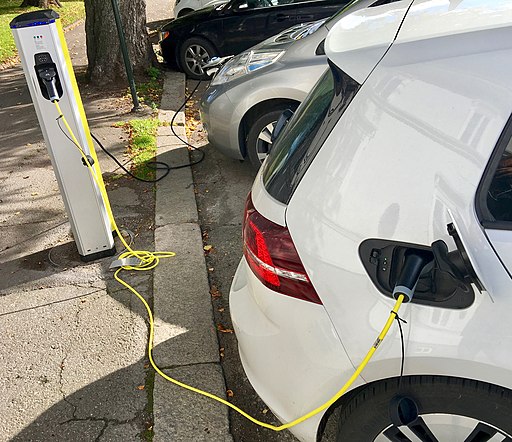India’s new anti-pollution incentives
February 16, 2019 | Expert Insights

India has proposed incentives worth 885 billion rupees ($12.4 billion) to encourage power plants to install equipment to curb emissions and to develop infrastructure for electric vehicles (EVs), a government statement said.
Background
‘Pollution’ is the introduction of contaminants into the natural environment that causes adverse change. Pollution can take the form of chemical substances or energy, such as noise, heat or light. Pollutants, the components of pollution, can be either foreign substances/energies or naturally occurring contaminants. Pollution is often classed as point source or nonpoint source pollution. In 2015, pollution killed 9 million people in the world.
Major forms of pollution include: Air pollution, light pollution, littering, noise pollution, plastic pollution, soil contamination, radioactive contamination, thermal pollution, visual pollution, water pollution.
Pollution control is a term used in environmental management. It means the control of emissions and effluents into air, water or soil. Without pollution control, the waste products from overconsumption, heating, agriculture, mining, manufacturing, transportation and other human activities, whether they accumulate or disperse, will degrade the environment. In the hierarchy of controls, pollution prevention and waste minimization are more desirable than pollution control. In the field of land development, low impact development is a similar technique for the prevention of urban runoff.
An electric vehicle, also called an EV, uses one or more electric motors or traction motors for propulsion. An electric vehicle may be powered through a collector system by electricity from off-vehicle sources, or may be self-contained with a battery, solar panels or an electric generator to convert fuel to electricity. In the 21st century, EVs saw a resurgence due to technological developments, and an increased focus on renewable energy. A great deal of demand for electric vehicles developed and a small core of do-it-yourself (DIY) engineers began sharing technical details for doing electric vehicle conversions. Government incentives to increase adoptions were introduced, in the United States and the European Union.
Analysis
Policy-makers have two broad types of instruments available for changing consumption and production habits in society. They can use traditional regulatory approaches (sometimes referred to as command-and-control approaches) that set specific standards across polluters, or they can use economic incentive or market-based policies that rely on market forces to correct for producer and consumer behaviour.
The proposal by the power ministry in India to its finance commission is in addition to an existing proposal that envisages installation costs for emission-cutting equipment to be passed on to consumers. The bulk of the money, 835 billion rupees, would be aimed at curbing sulphur emissions from power plants, with the rest devoted to the development of EV infrastructure in 70 cities over five years ending 2025, the statement said.
The ministry’s plans come against the backdrop of a utility sector that is under financial stress, with loans from mostly state-run lenders turning sour or requiring restructuring, according to an Assocham-Grant Thorton report. The sssociation of power producers, an industry group that represents private companies such as Reliance Power and Adani Power as well as state-run NTPC, had been lobbying for incentives for the past two years.
India has already extended a December 2017 deadline for utilities to meet emissions standards by up to six years as power producers struggle to comply with stringent rules set out by the environment ministry in 2015 to cut emissions that cause lung diseases, acid rain and smog.
Thermal power companies account for 80 per cent of all industrial emissions of particulate matter, sulfur and nitrous oxides in India. The EV incentives, meanwhile, are part of India’s efforts to encourage higher sales of electric vehicles, thus it hopes to electrify all new vehicles by 2030.
Assessment
Our assessment is that this is a commendable step by the Indian government to reduce dependence on foreign oil for our energy needs as well as promote environmental-friendly alternative fuel sources to boost our self-sustenance. We believe that the Indian government should aggressively pursue an innovative EV policy in order to take advantage of the country’s growing demand for cars.








Comments